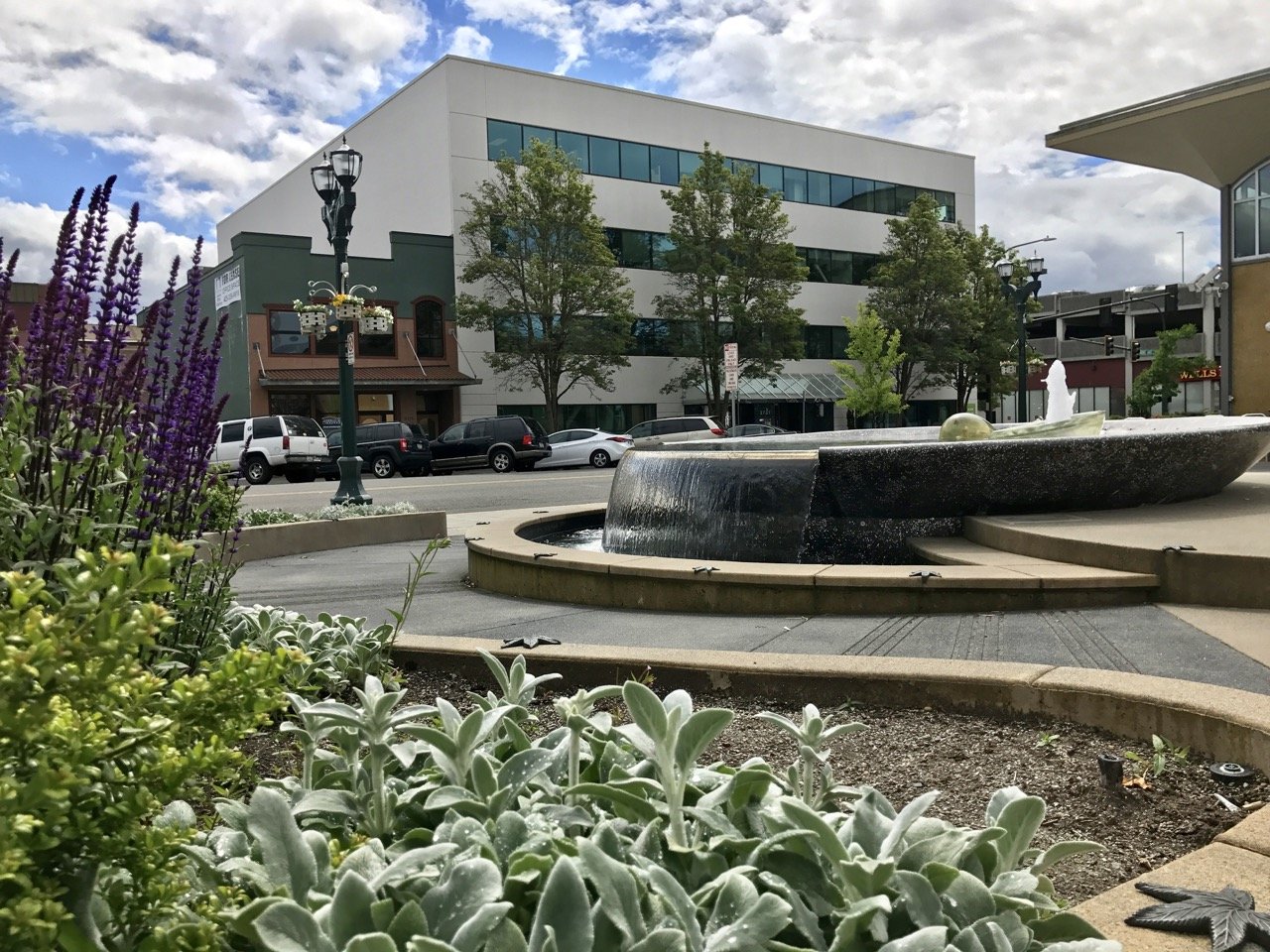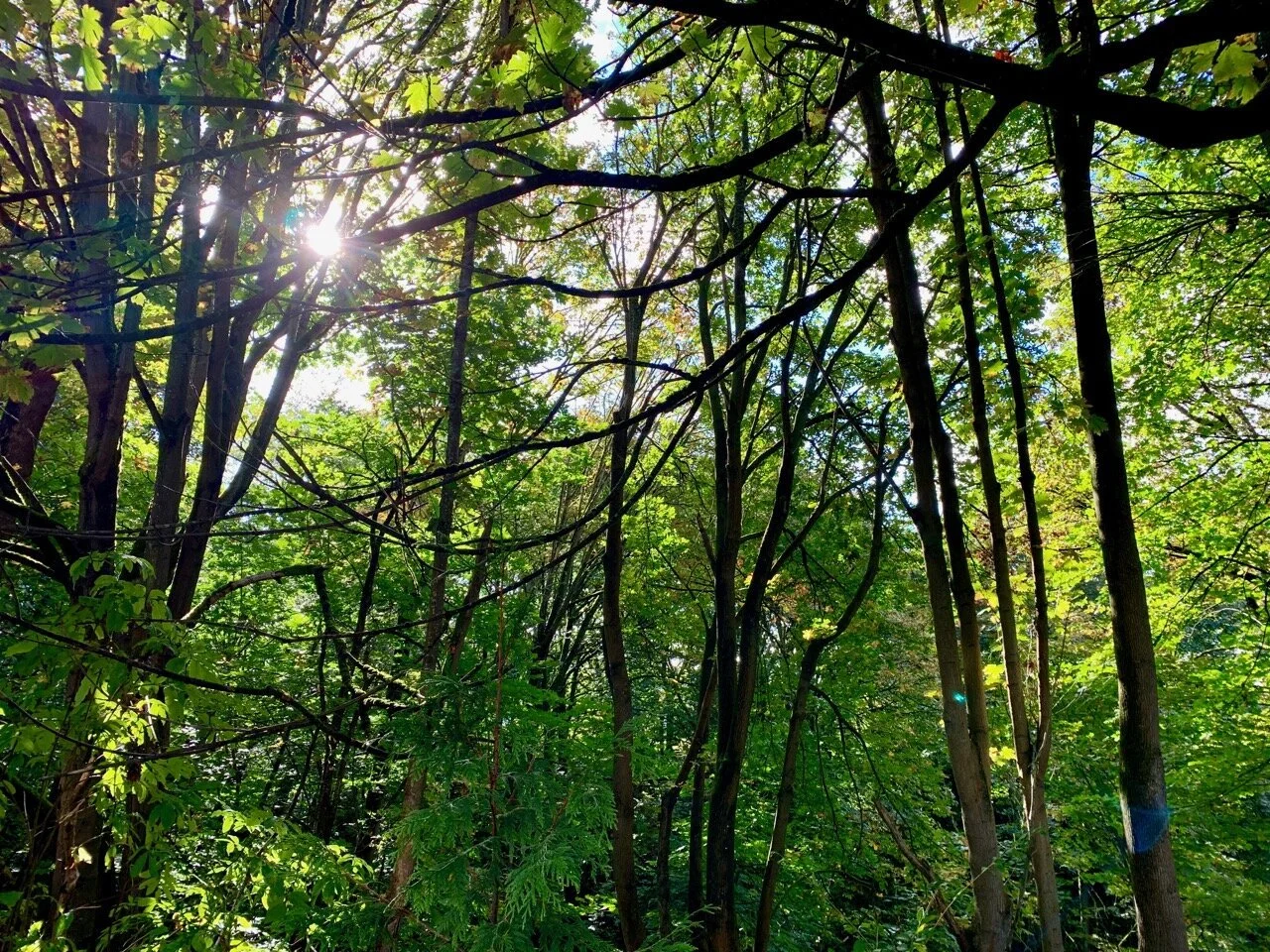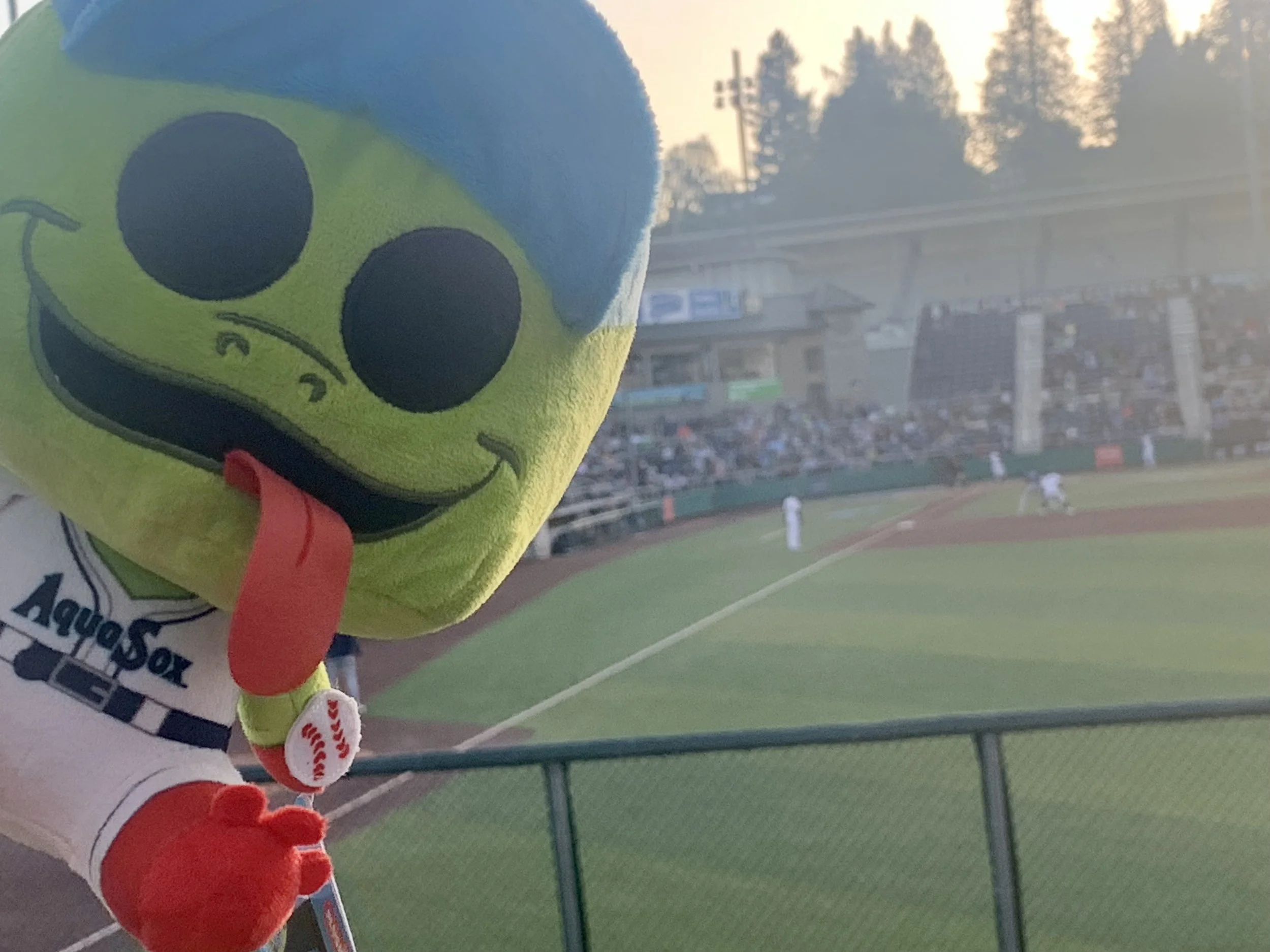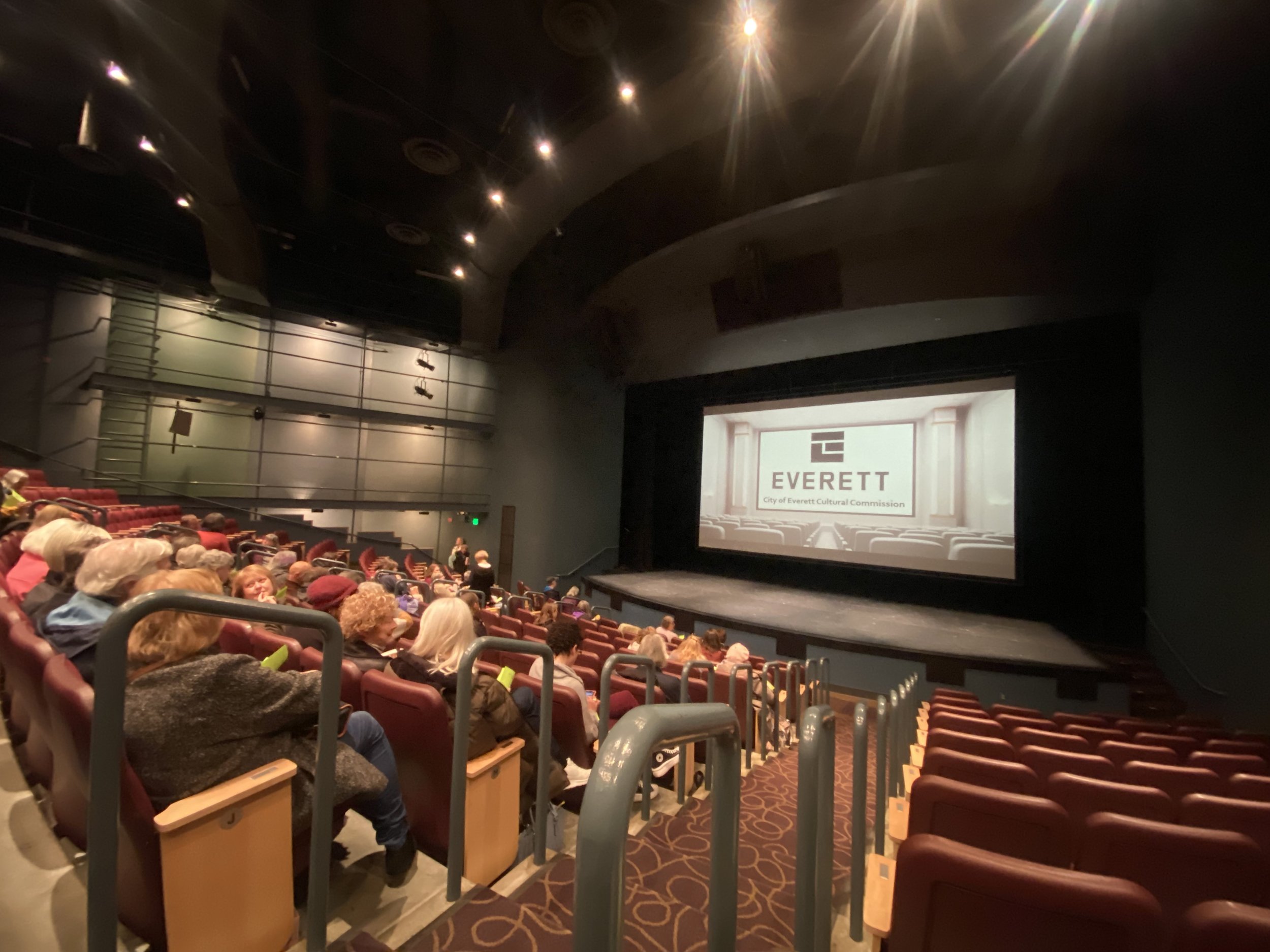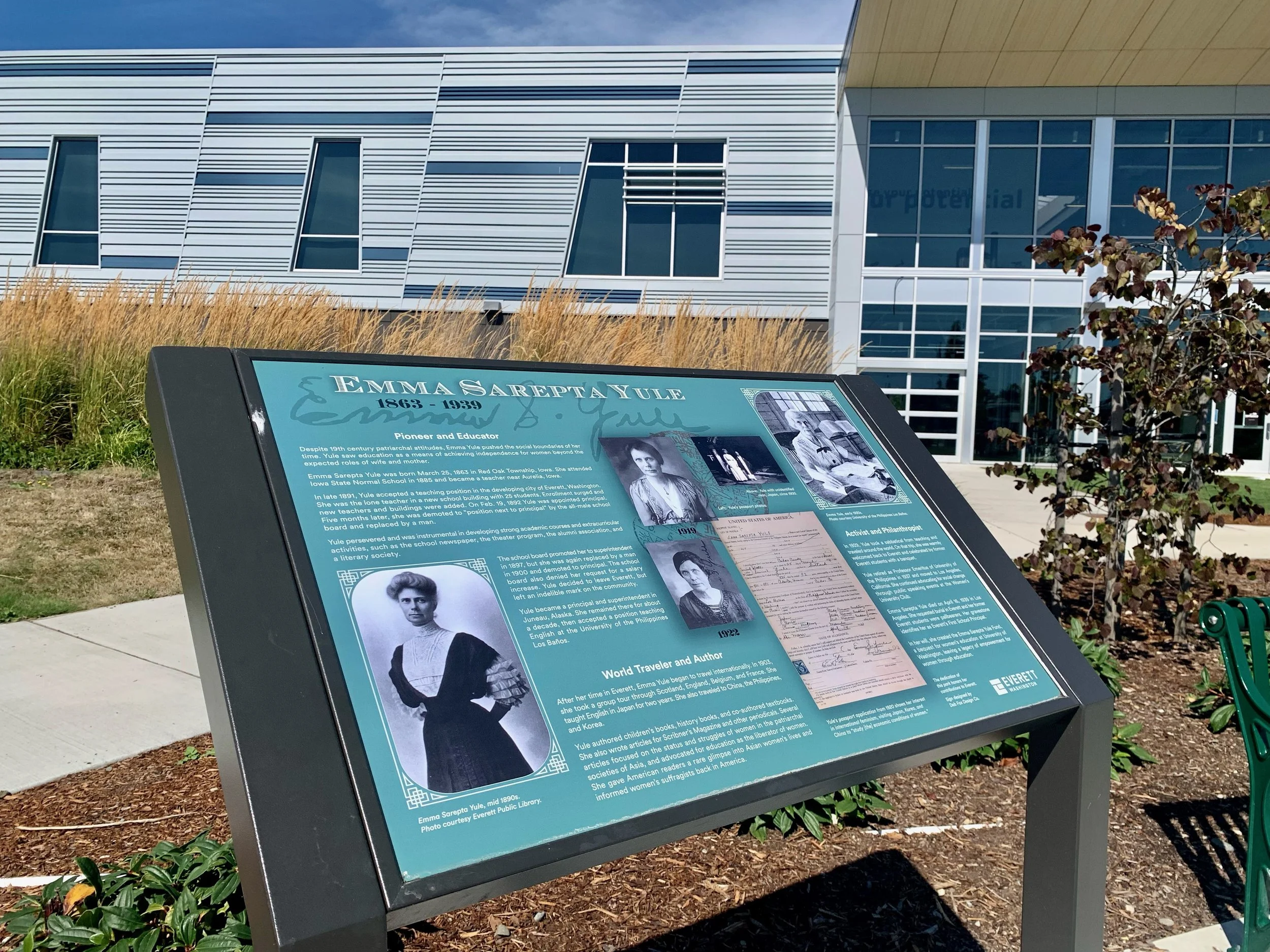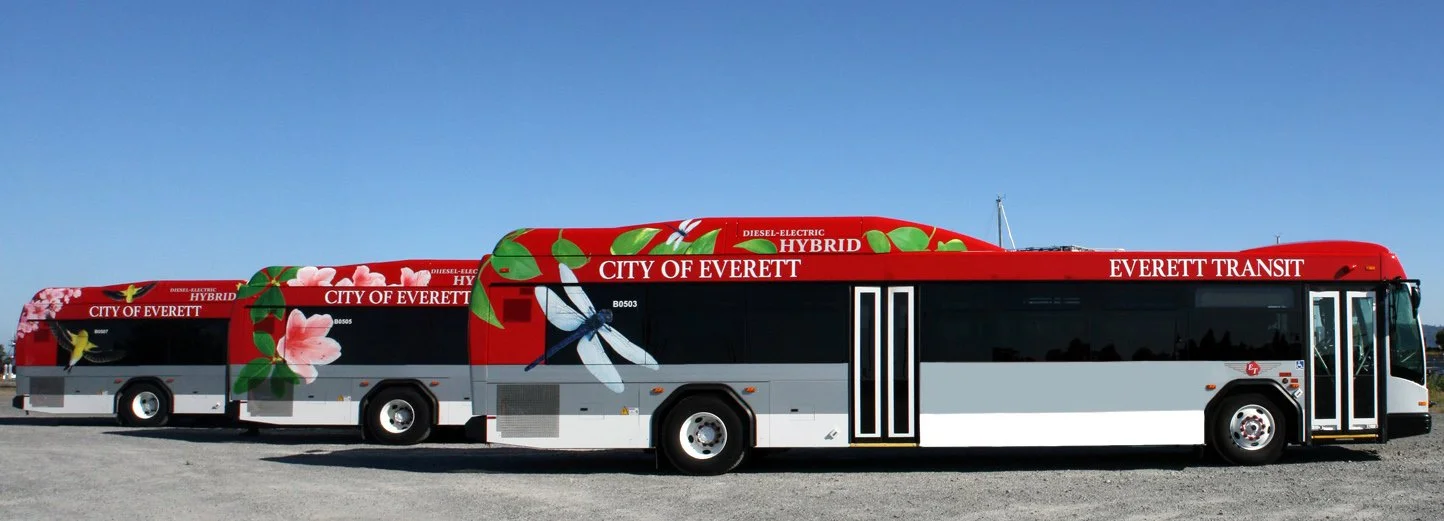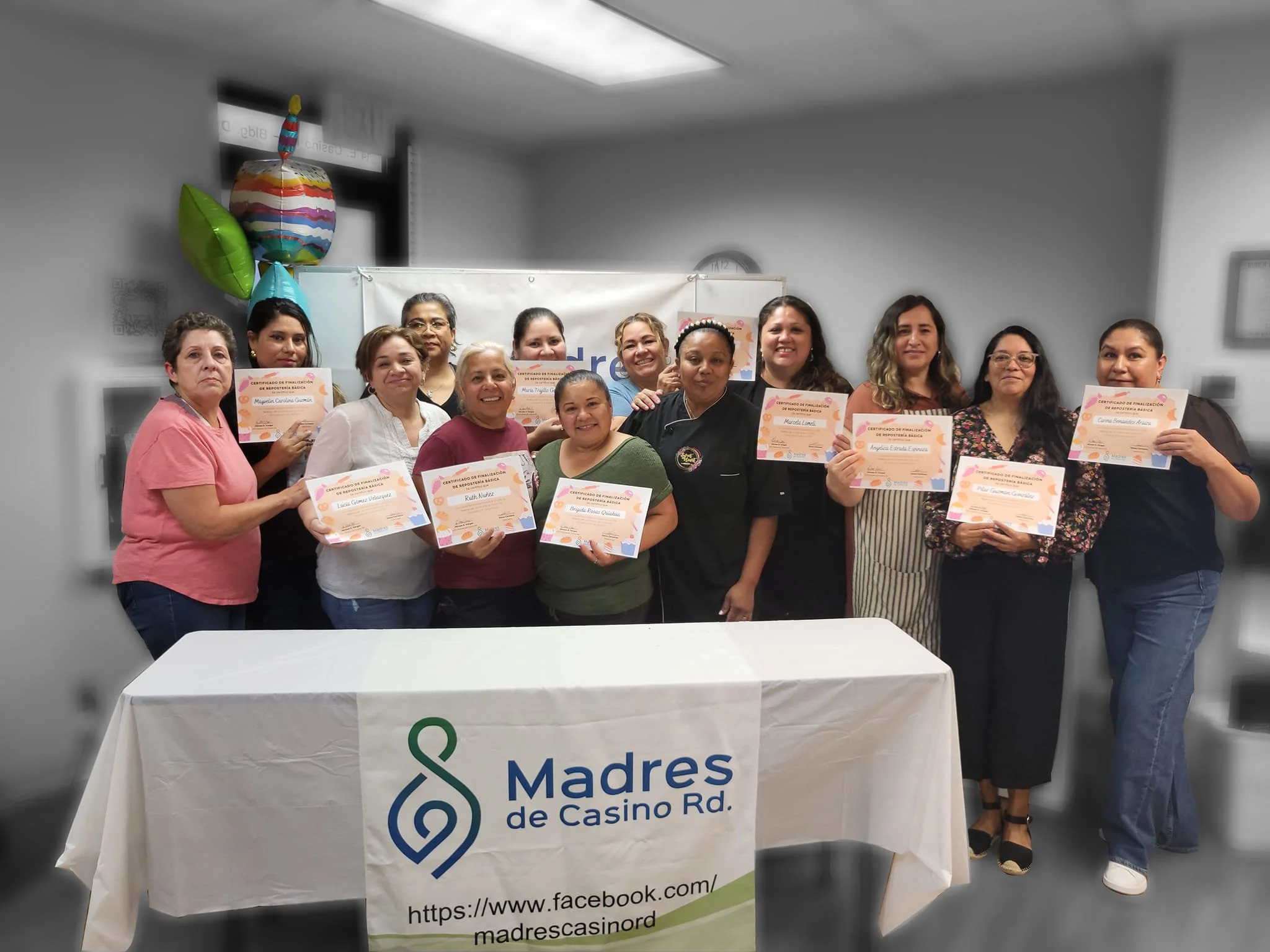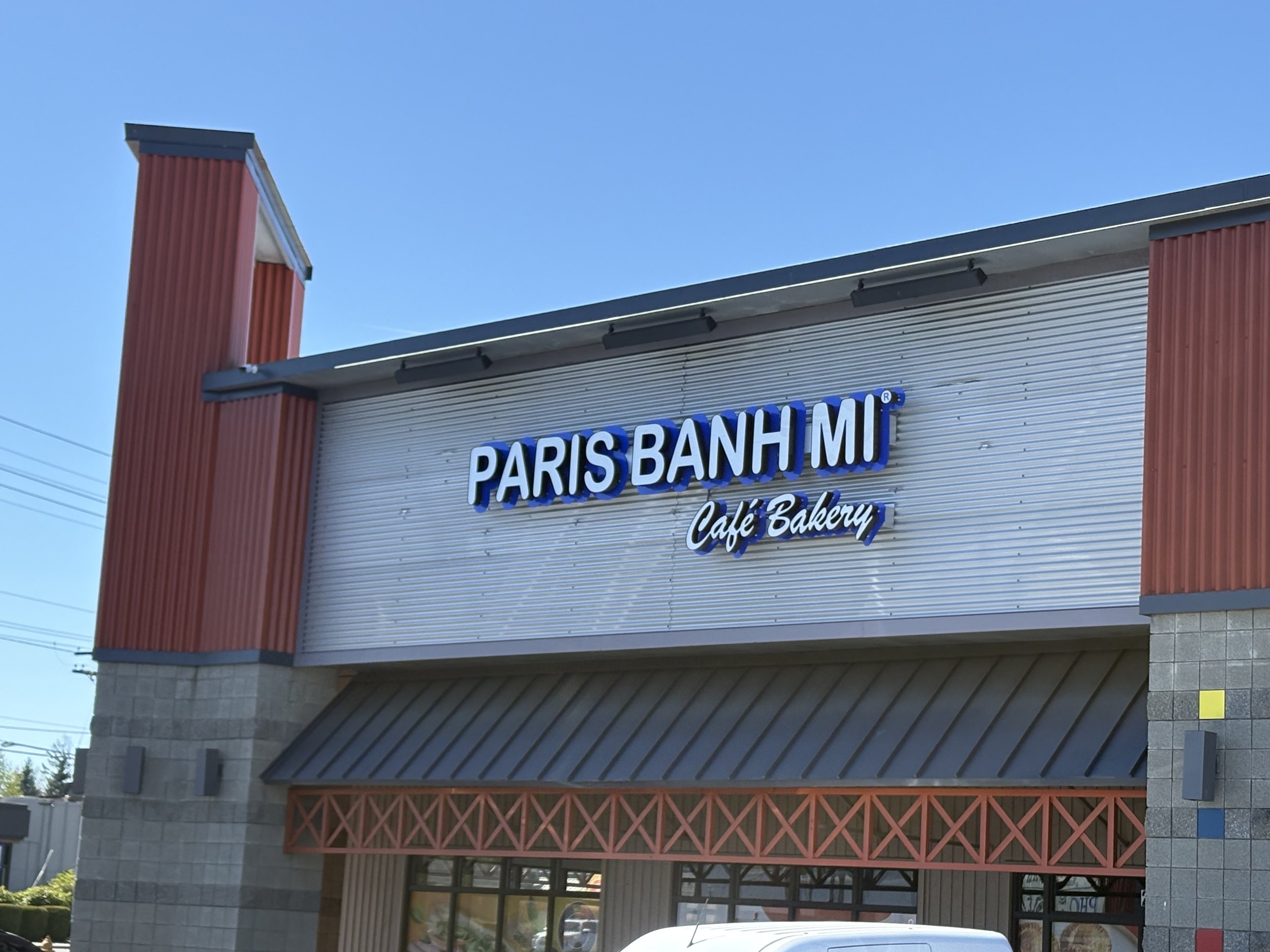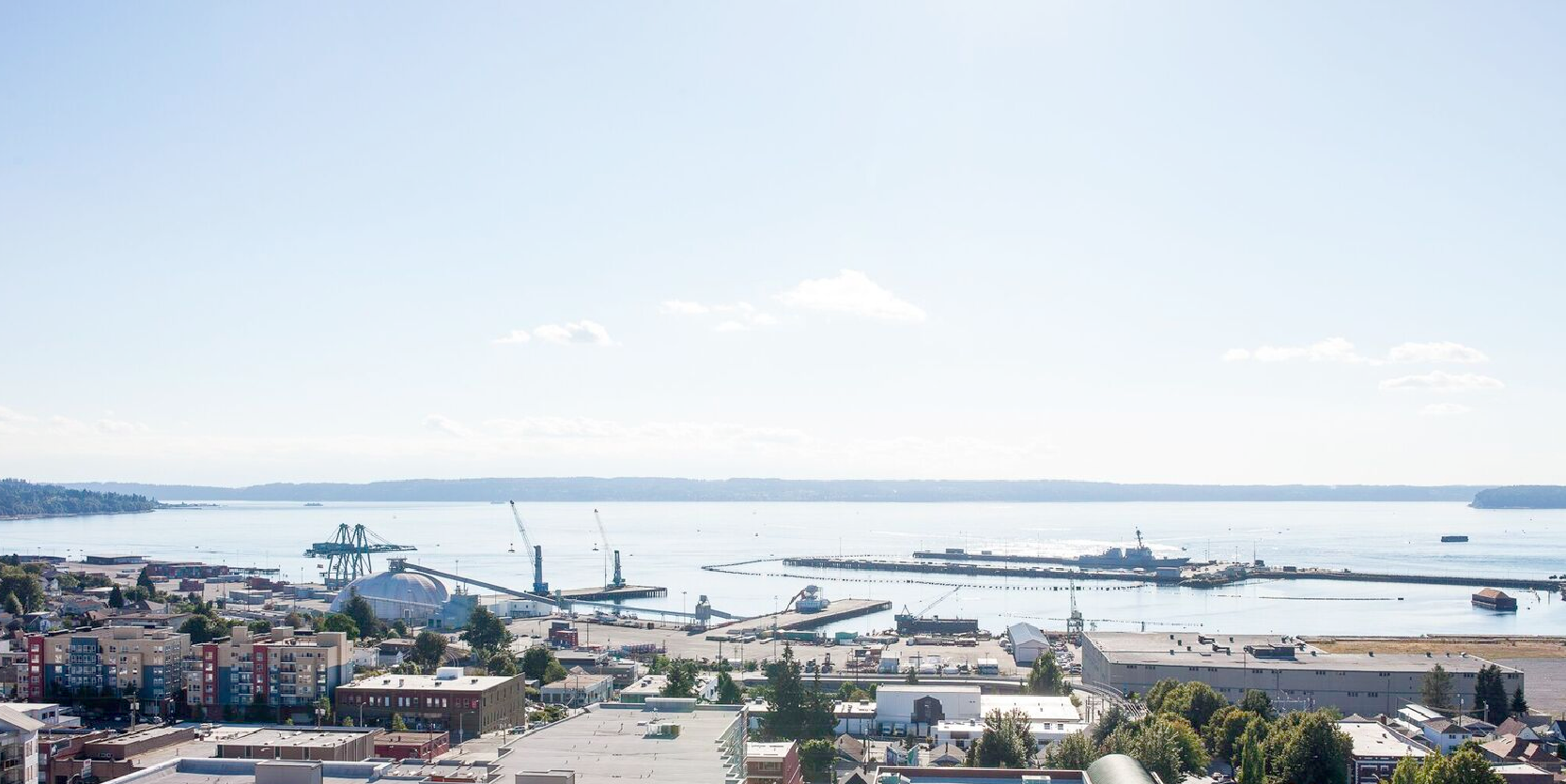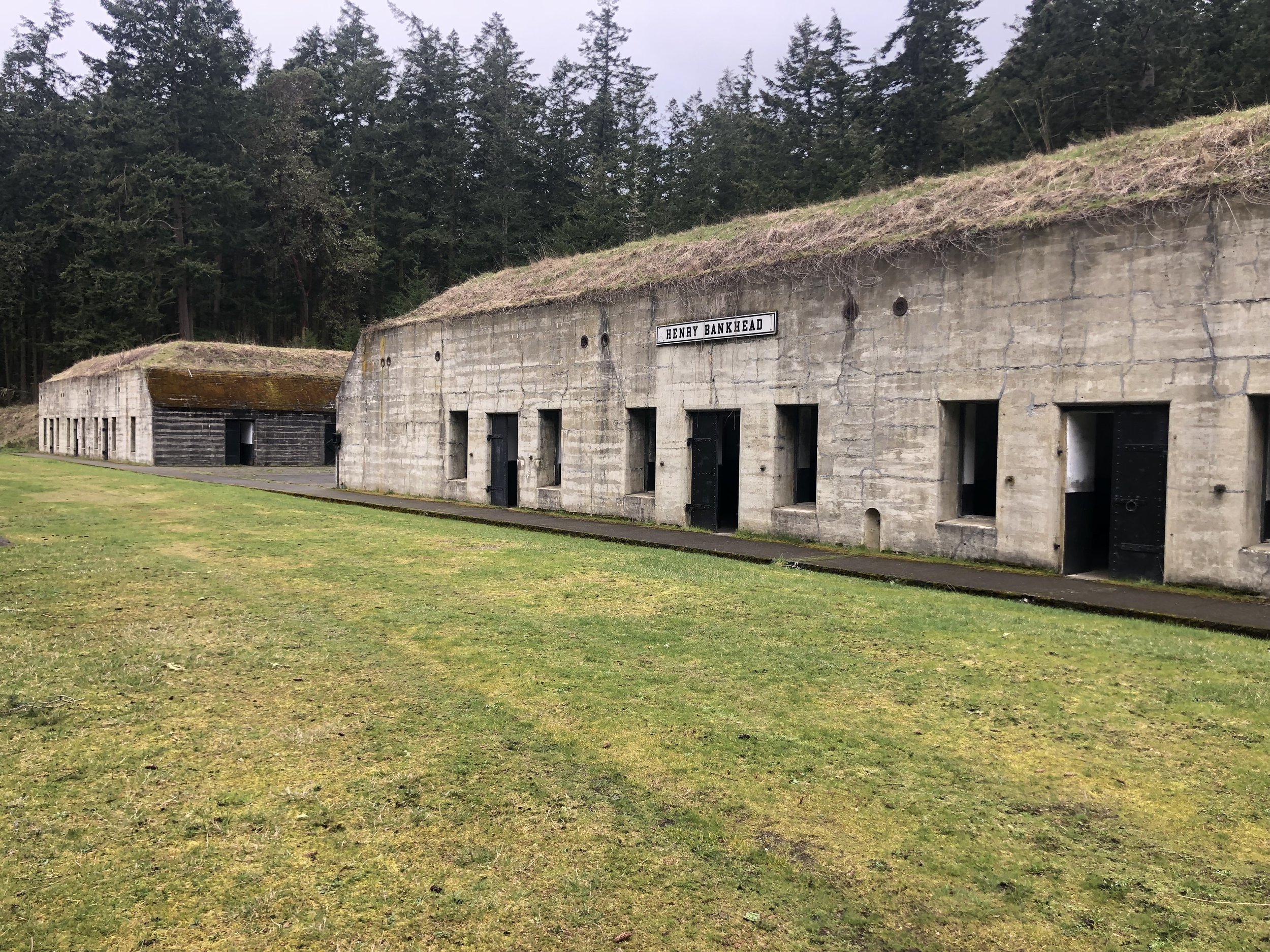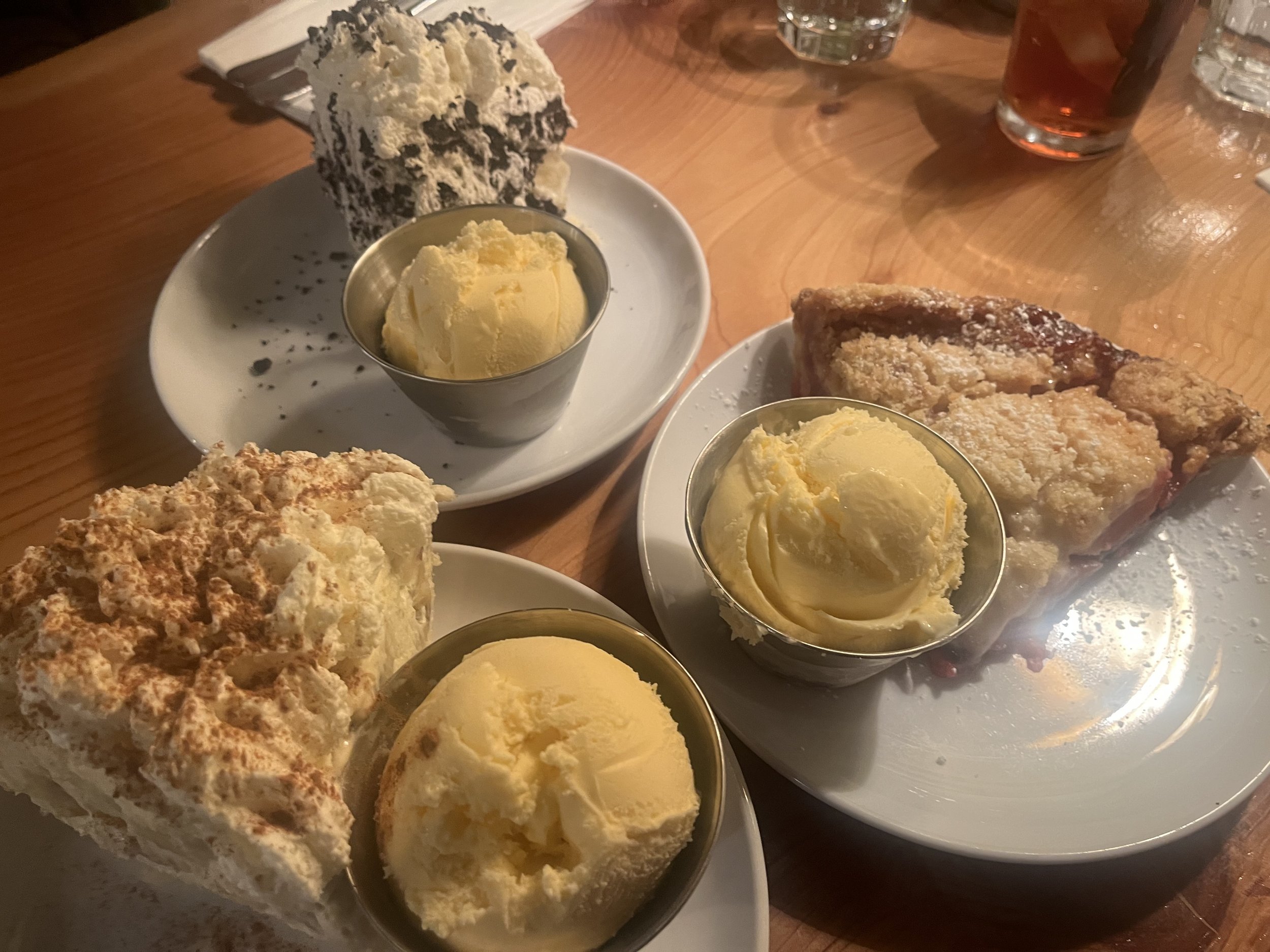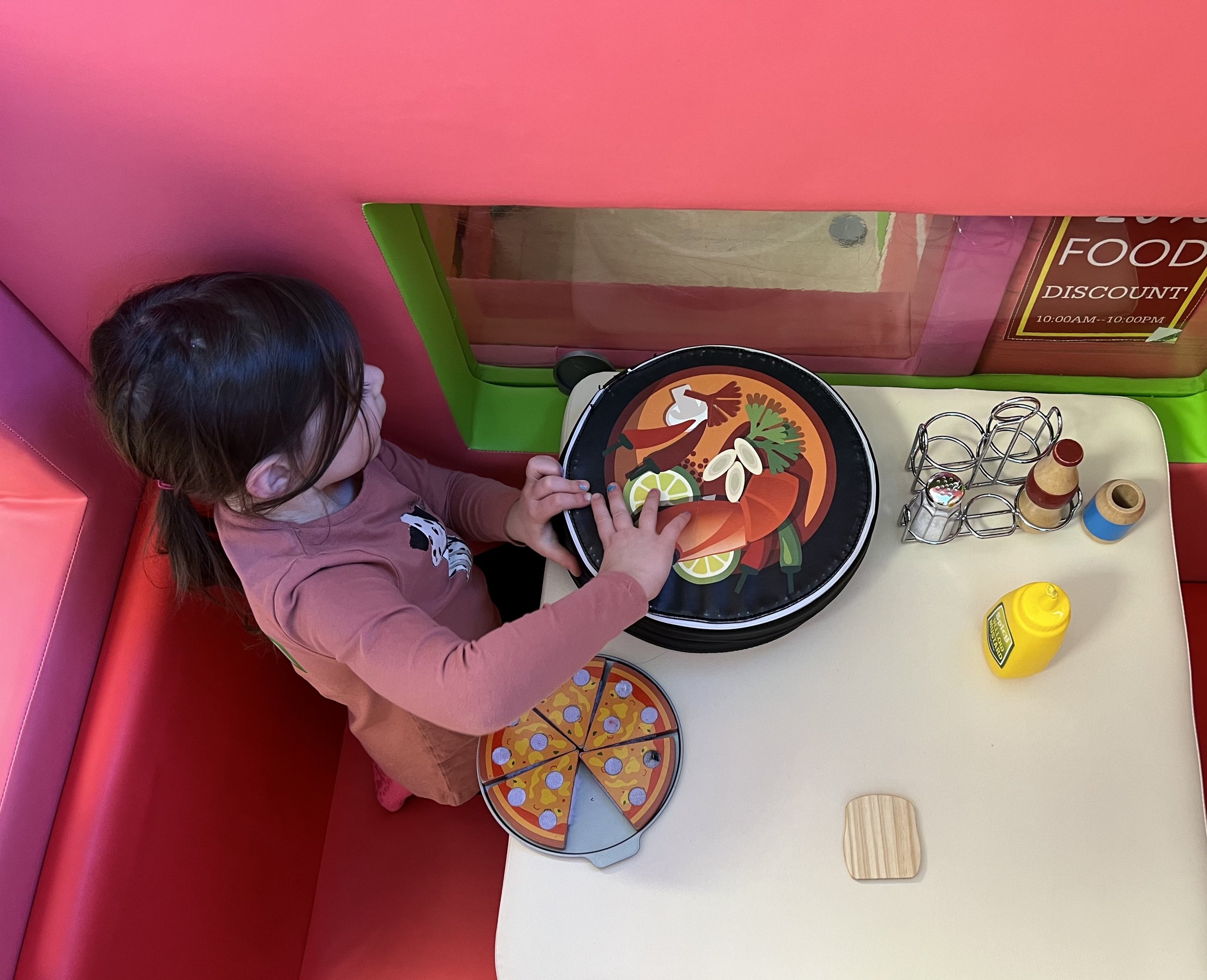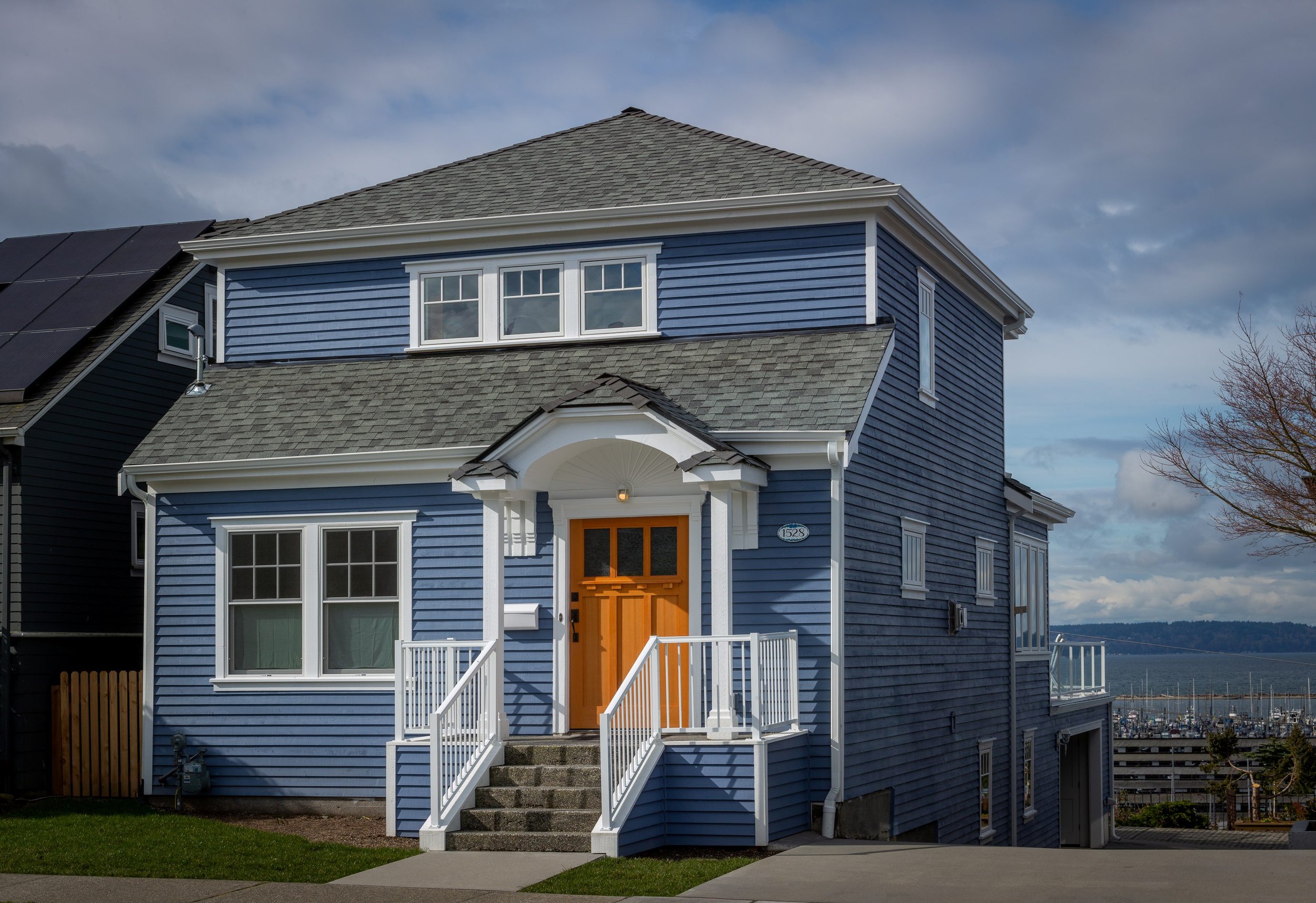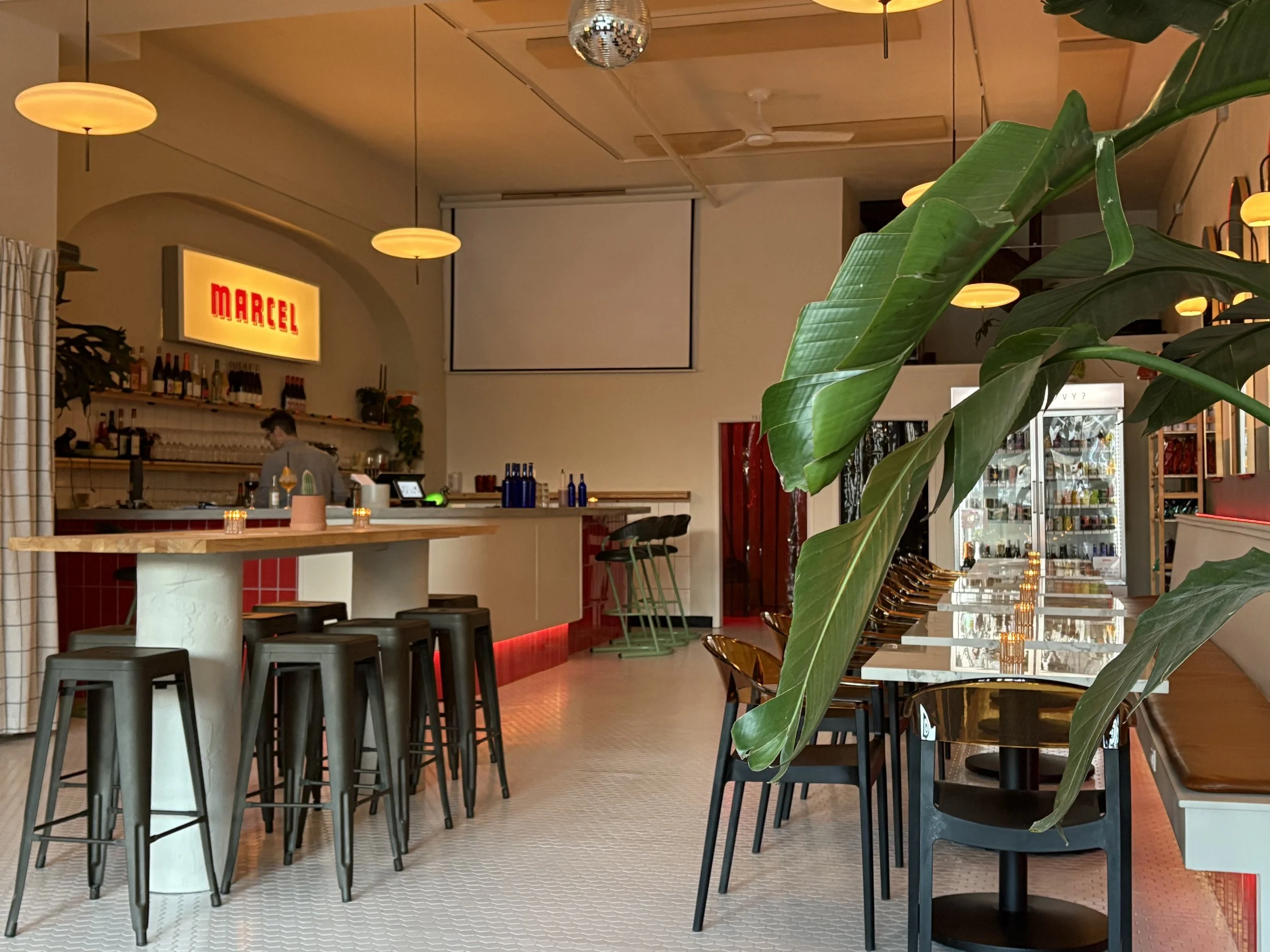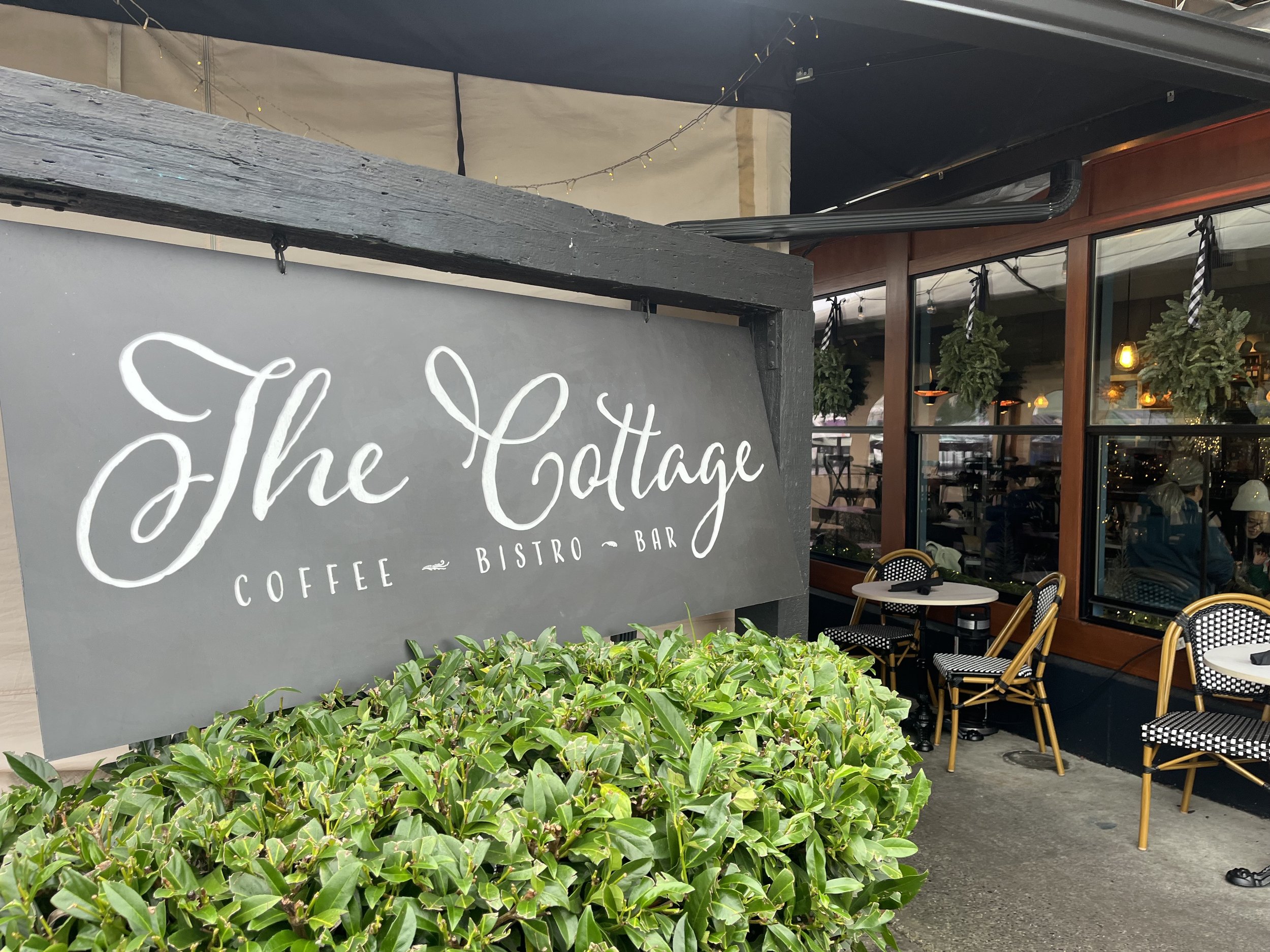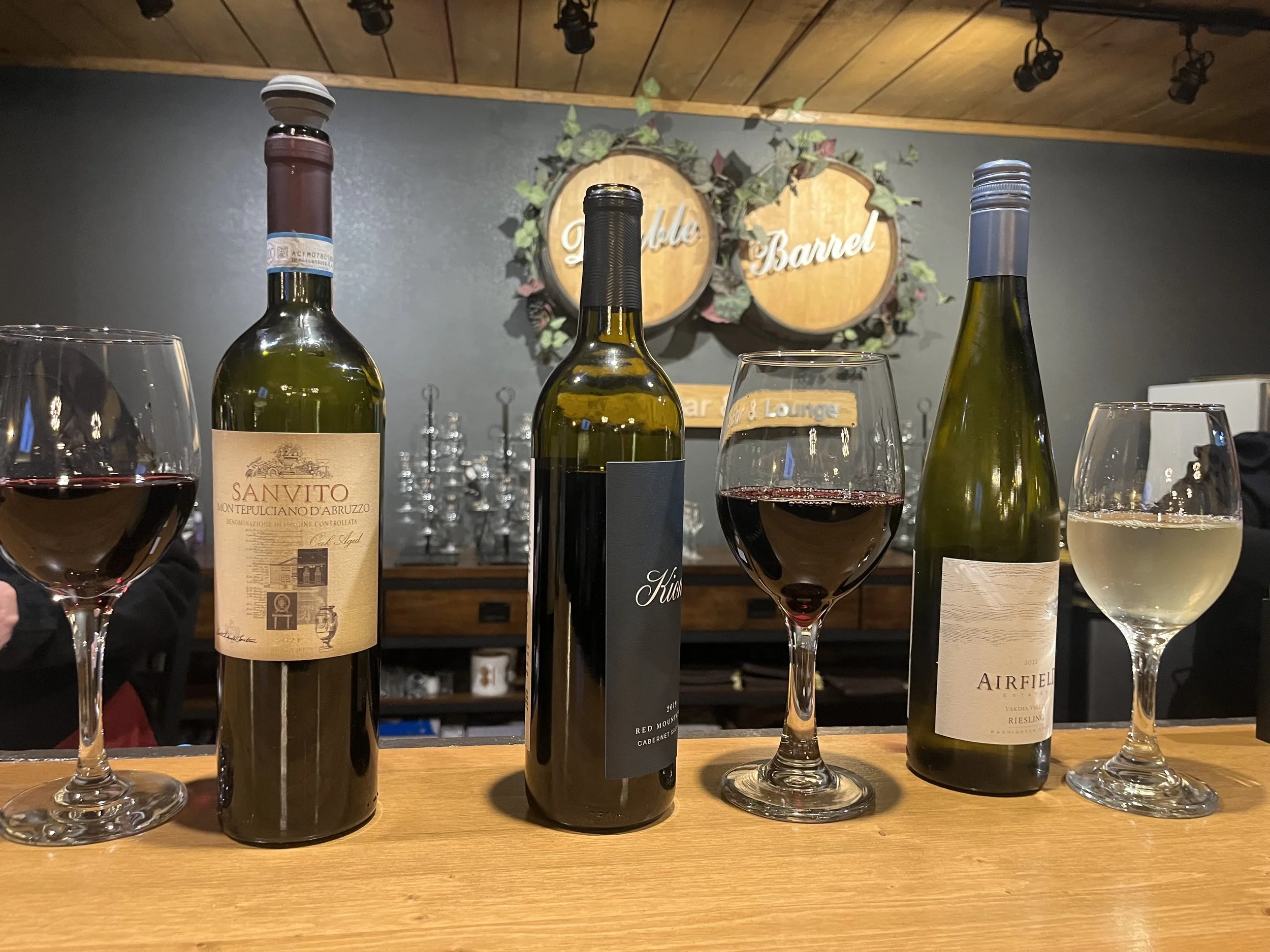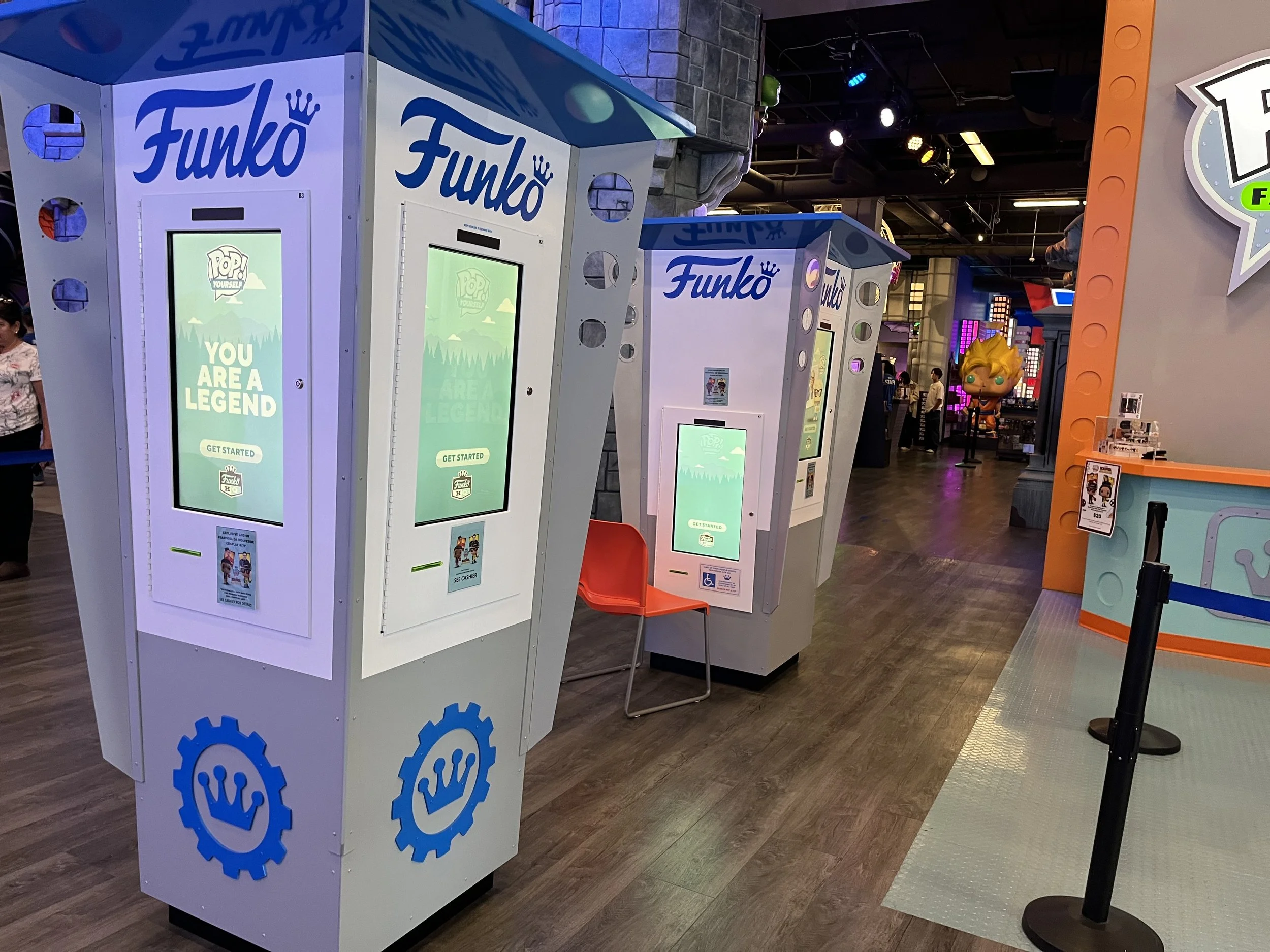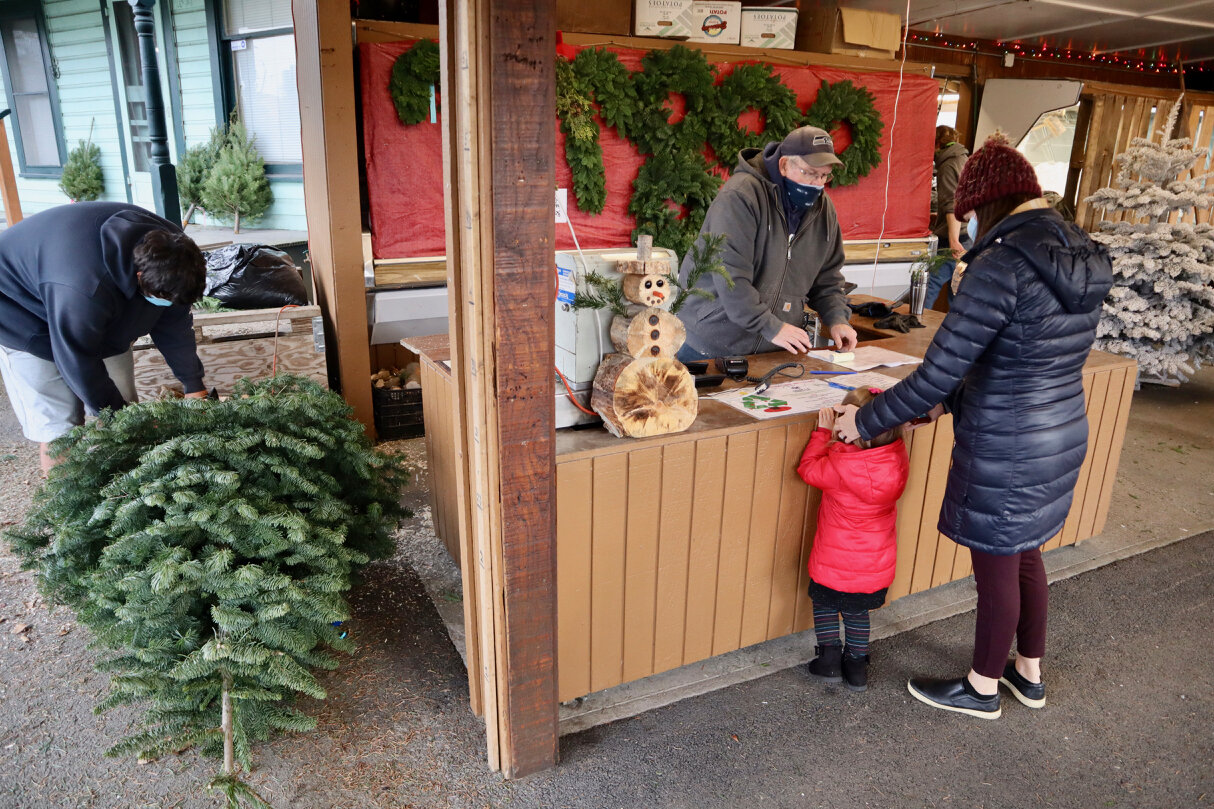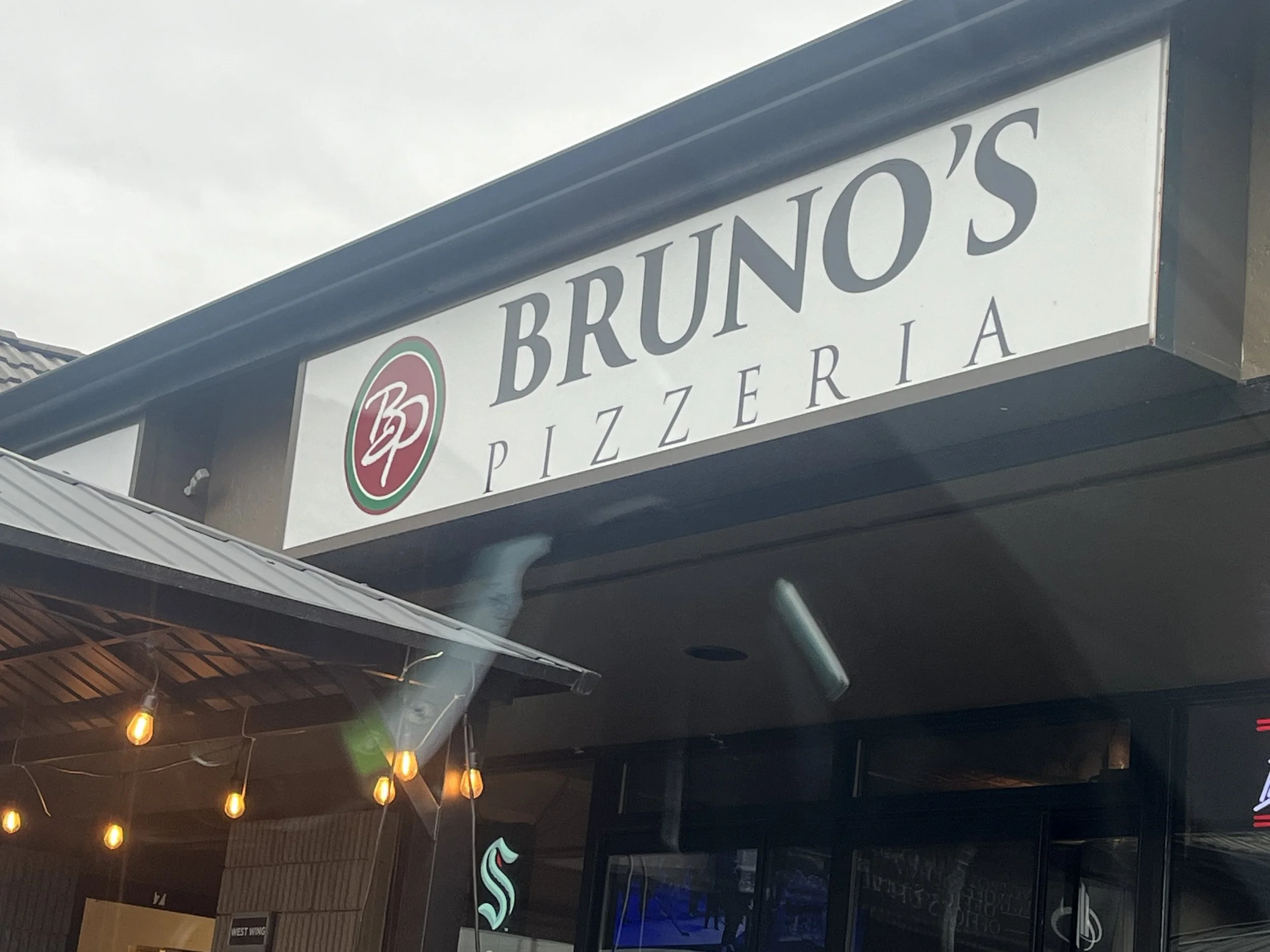Streams, Creeks, and Watersheds: Critical for Our Community, Critical for Our World: Part 1
Editor’s note: This is part one of a three-part series.
When I was younger, I remember playing with my friends in and around the small creeks of North Carolina. We'd jump from bank to bank, catch (and release) small fishes and crawfish, and enjoy playing in the water. We spent hours playing make-believe and simply appreciating the nature around us.
Based on the above, it's no surprise that I have a nostalgic attachment to these small waterways and the surrounding areas. I'm sure many of you do too. And it's not just nostalgia. Most, if not all of us, have experienced relaxation that comes from the sound of a babbling brook, wonder that comes from watching fish swim up and down a stream, and contentment that comes from seeing sun speckle through the leaves of a tree, with its roots anchored in a creek.
This love of natural areas like these is how I connected with Jim Walsh - a local Everett resident committed to keeping new developments in his neighborhood accountable to the Silver Lake watershed area. He and his neighbors started a petition upon hearing of a proposed development.
The development could easily harm a nearby fish-bearing stream, further deteriorate Ruggs Lake (which currently has a "fair" rating in the 2022 health report), and negatively impact the urban forest and trees that make up the stream's natural buffer. The petition's intent is to halt this particular development and supports changes in county and city procedures and policy to allow more time for investigations into environmental impacts before development approval.

Northwest Stream Center // Angela Di Filippo
This group recognizes that while housing developments of all kinds are needed in all neighborhoods, they need to be created with our natural world taken into account. Sustainable and eco-friendly developments are not only a more long-term, cost-effective option but our only option as we face an unprecedented global climate crisis. This inspired Jim Walsh to start A New Path for Snohomish County, where he shares expert opinions and information about the costs of these developments - both for the environment and our community.
And that's the big question, isn't it? What are the costs? Why do we need to protect these small waterways and the surrounding areas? What importance do they have to our larger natural community? How is that small creek behind my apartments and under 112th street going to make a difference in the wider world?
To help me answer these questions, I spoke with Tom Murdoch, the Executive Director of the Northwest Stream Center, located in McCollum Park.
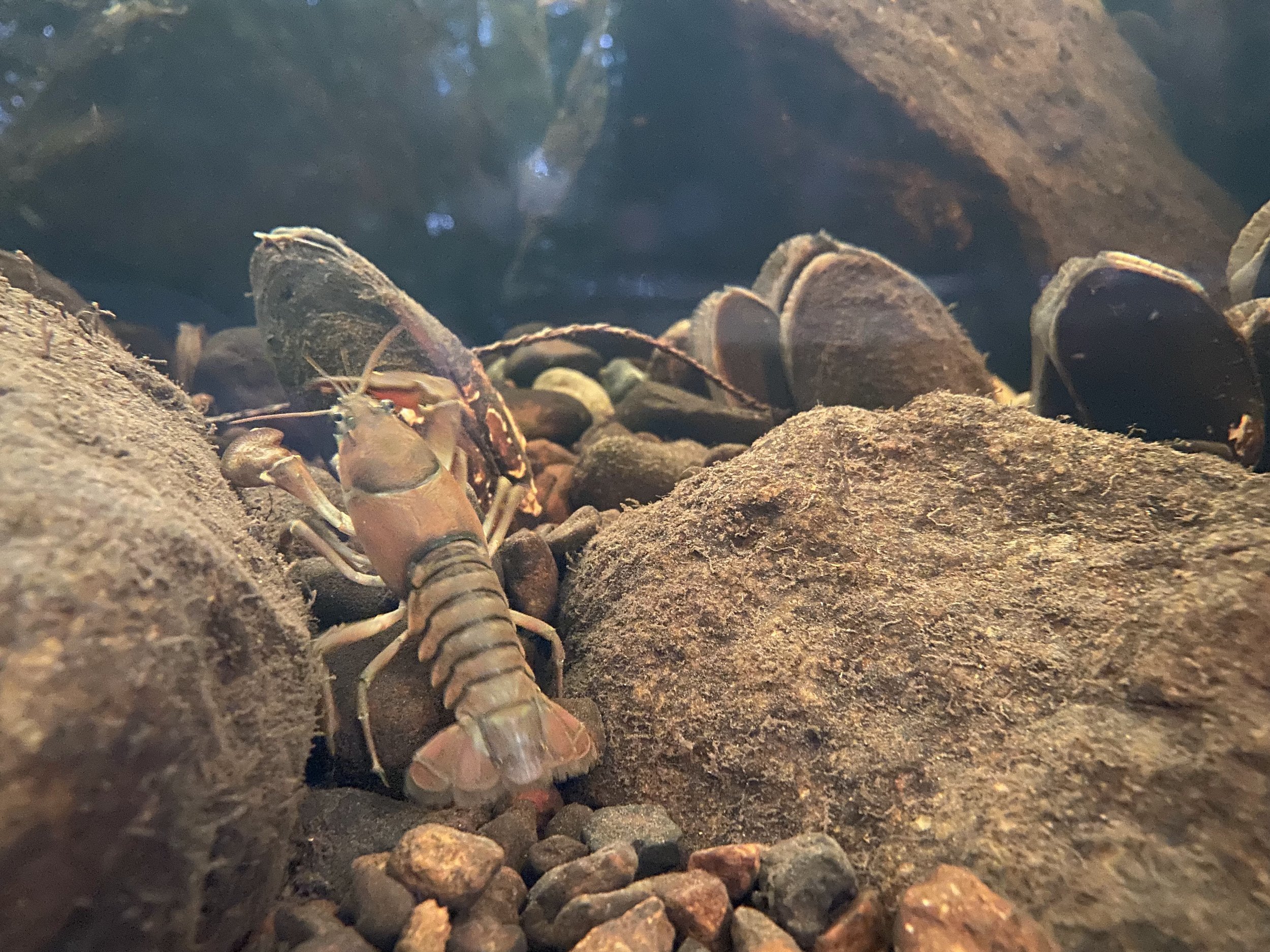
What? These critters are in our streams? // Angela Di Filippo
The Northwest Stream Center is about educating the public about these waterways and surrounding environments, their importance, and the risks we run as a community when we don't take steps to preserve them. Talking with Tom, I learned more about watersheds, riparian zones, fish-bearing streams, and how they connect with our wider natural community.
In Part 2, we're going to break down what these terms mean and how important they are for Everett and all of Washington state.
Read Part 2

Angela Di Filippo currently works in State Social Services and recently earned her Masters in Industrial/Organizational Psychology with extensive training in evidence-based leadership coaching. Angela moved from North Carolina to Washington 6 years ago and has proudly called Everett her home for 5 of those years. When not helping others solve problems in creative and strength-driven ways, Angela enjoys her time painting, hiking with her terrier-mix, Indy, and eating waffles.



